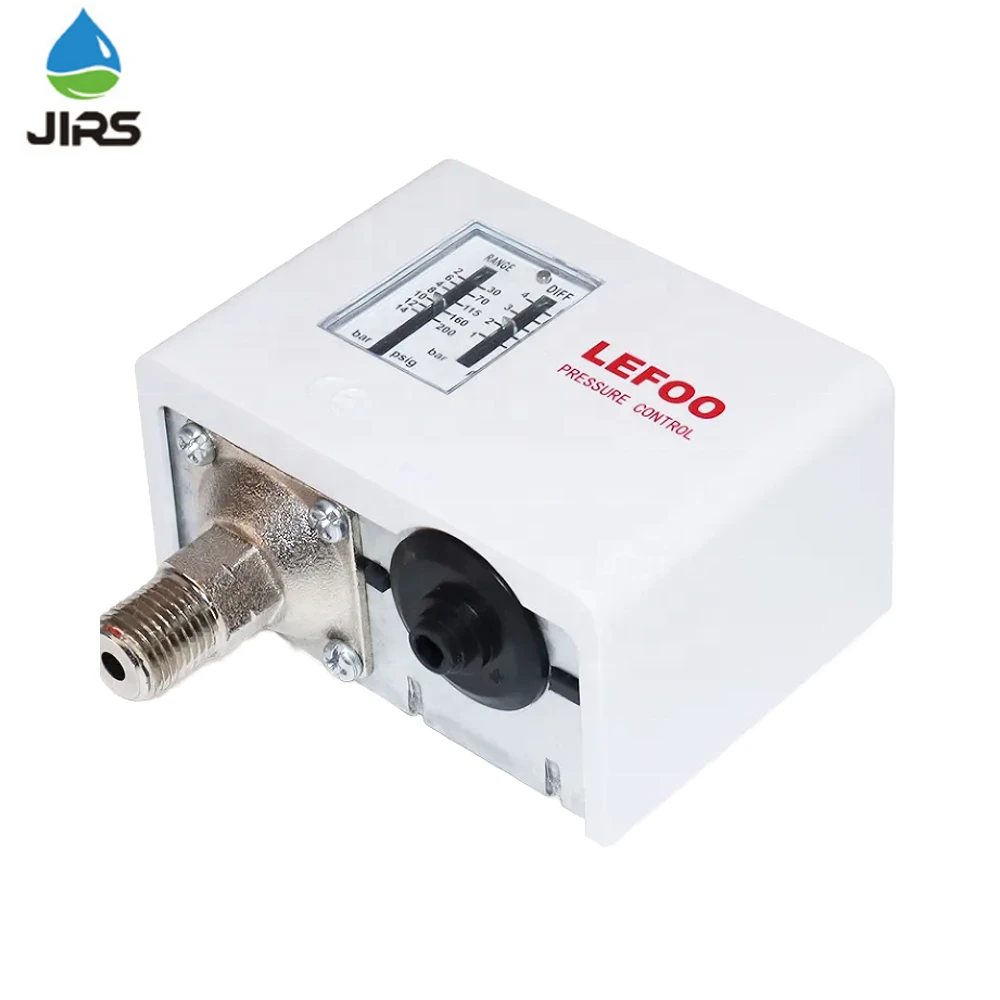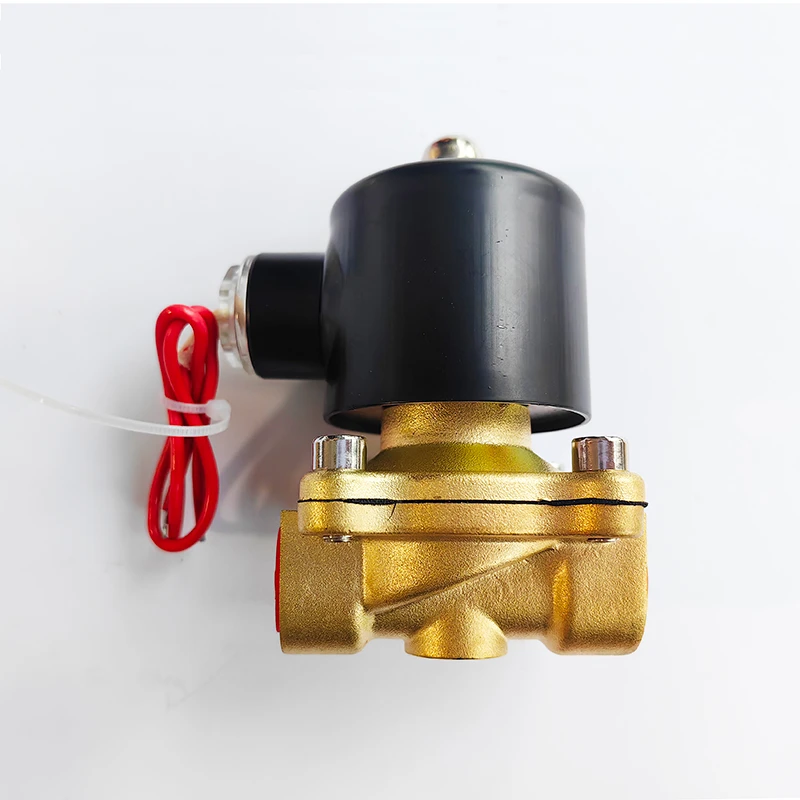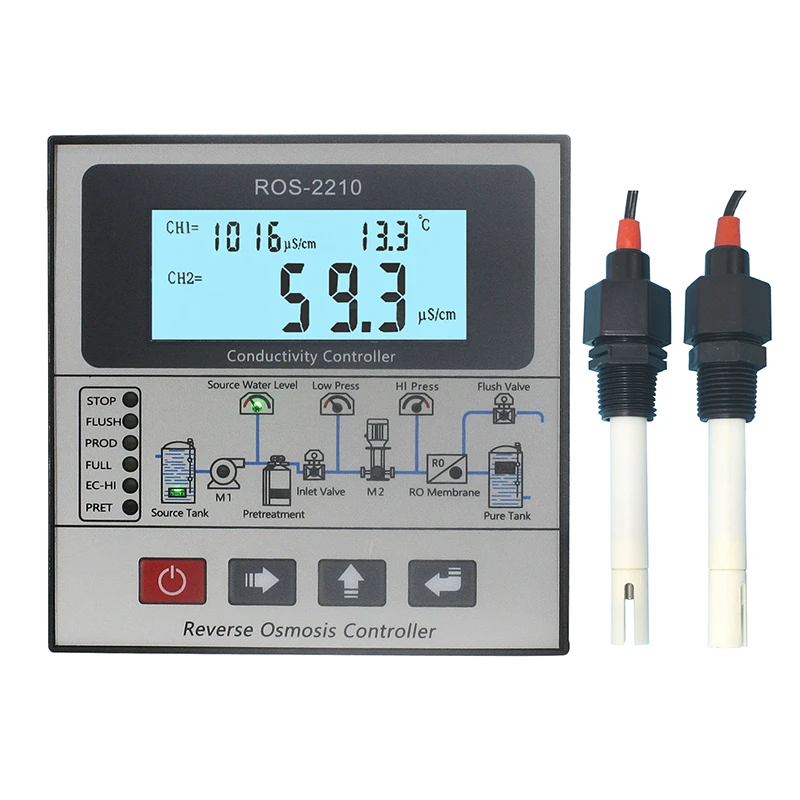The RO system controller is a vital component in reverse osmosis (RO) water purification systems, designed to monitor and manage the operation of the entire filtration process. This electronic device ensures that the system functions efficiently and optimally by regulating parameters such as water flow, pressure, and the timing of filtration stages.The primary function of the RO system controller is to maintain consistent water quality by controlling the flow rate and pressure of the incoming water, which directly impacts the efficiency of the filtration process. By adjusting these parameters, the controller helps maximize the lifespan of the RO membrane and other filters, ensuring that contaminants are effectively removed without overworking the system. The controller typically features sensors that detect water pressure, temperature, and quality, providing real-time data that allows for precise adjustments.
In addition to managing the filtration process, the controller also plays a crucial role in system protection. It can detect issues such as low water pressure, membrane fouling, or filter blockages, triggering alarms or automatic shutdowns to prevent damage to the system. Some advanced RO system controllers also feature automatic flushing capabilities, which help maintain the RO membrane by periodically removing accumulated contaminants.Many modern RO controllers come with user-friendly interfaces, such as digital displays or touchscreens, which provide operators with clear, easy-to-read information on system status, performance metrics, and maintenance schedules. Some controllers are also equipped with remote monitoring capabilities, allowing users to check and control the system from a distance via a mobile app or web portal.The RO system controller is an essential part of ensuring the reliable and efficient operation of a reverse osmosis system, offering both convenience and protection for users.
What Is The Ro System?
The Reverse Osmosis (RO) system is a water purification technology widely used to remove contaminants from water by forcing it through a semipermeable membrane. This process effectively filters out impurities, such as dissolved salts, chemicals, heavy metals, bacteria, and other microscopic particles, producing purified water suitable for drinking, industrial use, and other applications.
In an RO system, water is pressurized and pushed through the membrane, which allows only water molecules to pass through while blocking larger particles. The process relies on the principle of osmosis, but in reverse, which is why it is called "reverse osmosis." As water moves through the membrane, contaminants are left behind and flushed out, while clean water is collected on the other side.RO systems are known for their efficiency and ability to remove a wide range of contaminants. They are particularly effective in desalinating seawater, making them crucial for areas with limited access to freshwater sources. Additionally, RO systems are used in households, businesses, and industries that require high-quality purified water for various purposes, such as food and beverage production, pharmaceuticals, and laboratory research.
Modern RO systems come with various features, including multi-stage filtration, which enhances purification by using additional filters to remove chlorine, sediments, and other pre-existing contaminants before water reaches the RO membrane. Some advanced systems also include UV sterilization or mineralization to ensure water is not only free of harmful substances but also retains essential minerals for health benefits.An RO system is a reliable, efficient, and versatile solution for obtaining clean, safe, and high-quality water for various uses, ensuring peace of mind and health for consumers and industries alike.
What Is The Function Of The Ro System?
The primary function of a Reverse Osmosis (RO) system is to purify water by removing impurities, contaminants, and dissolved solids through a process called reverse osmosis. This method involves passing water through a semipermeable membrane that filters out unwanted substances, leaving behind clean, purified water. The system is designed to provide high-quality water for various applications, including drinking, industrial processes, and wastewater treatment.
At its core, the RO system works by using pressure to push water through a membrane that has tiny pores. These pores are small enough to allow only water molecules to pass through while blocking larger particles such as salts, minerals, bacteria, and other harmful contaminants. This filtration process effectively reduces the concentration of dissolved solids, providing water that is free of impurities that can affect both health and taste.In addition to removing harmful contaminants, RO systems also help in the removal of chlorine, fluoride, heavy metals (like lead and mercury), and microorganisms, making the water safe for consumption and use. Some systems also include pre-filters and post-filters to further enhance water quality by eliminating chlorine, sediments, or odors before and after the RO membrane.
RO systems are commonly used in both residential and industrial settings. For households, the system ensures access to clean, safe drinking water, especially in areas where water sources are contaminated. In industries such as food and beverage, pharmaceuticals, and electronics, RO water is used to meet strict quality standards required for production processes. Additionally, in applications like desalination, RO systems can convert seawater into freshwater, providing a valuable solution in water-scarce regions.The function of the RO system is to ensure that water is purified to meet specific standards, offering convenience, safety, and reliability for a wide range of uses.












